This one is for sonographers. We want all of you to take care of yourselves and enjoy long, fulfilling careers. Pain and injury creep into this industry so quickly, and we know many of you have experienced or are currently struggling with work-related musculoskeletal disorders (WRMSDs).
So, in honor of the upcoming holiday, we’re handing out three tricks and one lovely treat to help you scan pain-free!
Impact of Sonographer Injuries
Research shows sonographers can experience the onset of WRMSD symptoms as early as six months into their first job. A 2009 study on WRMSDs among U.S. sonographers discovered up to 90% of you are scanning in pain, with all 90% reporting shoulder pain, 69% reporting low back pain, and 54% reporting hand and wrist pain. A 2017 study on WRMSD impact among Chinese sonographers revealed even worse outcomes: 99% of sonographers had experienced WRMSD symptoms. Among respondents, 84% reported shoulder pain, 82% reported lower back pain, and 81% reported wrist and hand pain.
This pain isn’t just impacting sonographers, though. A Society of Diagnostic Medical Sonography whitepaper shows that WRMSDs cost employers more than $120 billion every year in direct and indirect costs. Patients are also impacted as 20% of sonographers suffer career-ending injuries, which takes specialized skills out of the field and contributes to the sonographer shortage.
All that said, we don’t just want you to take care of yourself—we need you to.
Trick #1: Practice Healthy Ergonomics
Ergonomics refers to how people function within their workplace. Your environment has a big impact on your work performance, so it’s best practice to modify the spaces where you work to promote a long and healthy career. As a sonographer, you can set yourself up for success at the beginning of every exam. Don’t rush through or skip this step—this is vital prep work!
Start by adjusting the height of the patient’s bed or chair and asking them to move closer if needed. Next, move the console so that it is close to you, and you aren’t twisting your body to reach it. Now adjust the screen height. It should be at eye level and shouldn’t require you to twist your neck to see it. If your patient doesn’t have a screen to watch and wants to see what’s going on, tell them you need full use of the screen during the exam and assure them they will see their images later.
We know your focus will be largely taken up during the scan but try to check in with yourself occasionally. Do you keep having to fight cords? Consider investing in a cable brace to keep them out of the way. Are you straining your eyes? Try shifting your focus from the screen to objects that are farther away throughout the scan. You might also consider getting a pair of glasses that filter blue light.
Between scans, take as much time as you can to stretch or walk around. Even a few minutes throughout the day will make a big difference.
Trick #2: Adjust for Good Posture and Positioning
Now that your environment is as comfortable as you can make it, it’s up to you to make good choices in how you use it. This is especially true for sonographers when it comes to maintaining proper posture throughout exams. Here are our recommendations:
Hand/Wrist
-
Use a palmar grip rather than a pencil grip.
-
Use a light grip. Your knuckles and fingertips should never turn white from pressure.
-
Keep your hand and wrist in a neutral position and avoid extreme flexion of the wrist.
-
Try alternating which hand you scan with to balance the load.
Shoulders
-
Keep both arms as close to your body as possible.
-
Relax your shoulders down rather than hunching them up toward your ears.
-
As much as possible, avoid raising your arms in any direction. Ergonomics will help with this!
Neck
-
Keep your neck in a neutral position.
-
Adjust the monitor to sit at eye level to avoid hunching over or craning your neck.
-
Keep the monitor facing you to avoid twisting your neck.
Back
-
Try completing some scans standing up. Doing so can relieve pressure on your spine.
-
If you do stand, be sure to adjust the workstation and bed height and consider adding an anti-fatigue mat under your feet.
-
Sit or stand straight up.
The more you keep these tips in mind, the more you can build healthy posture habits that you won’t even have to think about. However, we know it isn’t always possible to practice the best posture and positioning, and that you are very busy. So, in the likely event that your posture suffers, give yourself some grace and go get a massage. You can also avoid pain from bad posture by working out and strengthening those areas of the body and making sure to take time to rest and recover.
Trick #3: Consider a Telesonography® Position
Telesonography provides career optionality and gives you the chance to help more patients. We think it’s going to be a game-changer for WRMSDs in our industry. At BB Imaging, an OB Telesonographer® provides virtual diagnostic services to our physician partners via our telemedicine solution, TeleScan®. In this role, you work from home, which gives your body a break while keeping your specialized knowledge in the field. Not convinced? Check out even more ways telesonography benefits sonographers.
If you find this opportunity as intriguing and exciting as we do, we hope you’ll apply. We’ll be hiring both full-time and part-time roles in 2024, with PRN roles coming soon.
Treat: Take Time to Stretch!
We promised you a treat, and here it is! If you’re eyeing a long career, stretching is key to keeping your muscles limber, avoiding pain and injury, and staying healthy well into the future. That’s why we’re sharing our Dynamic Stretches Poster as a free download. This was created especially for sonographers and includes eight different stretches you can easily do in-clinic or from the comfort of home.
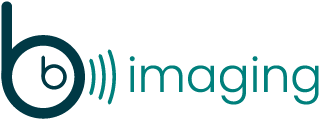


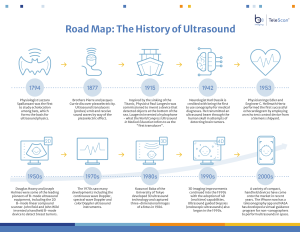
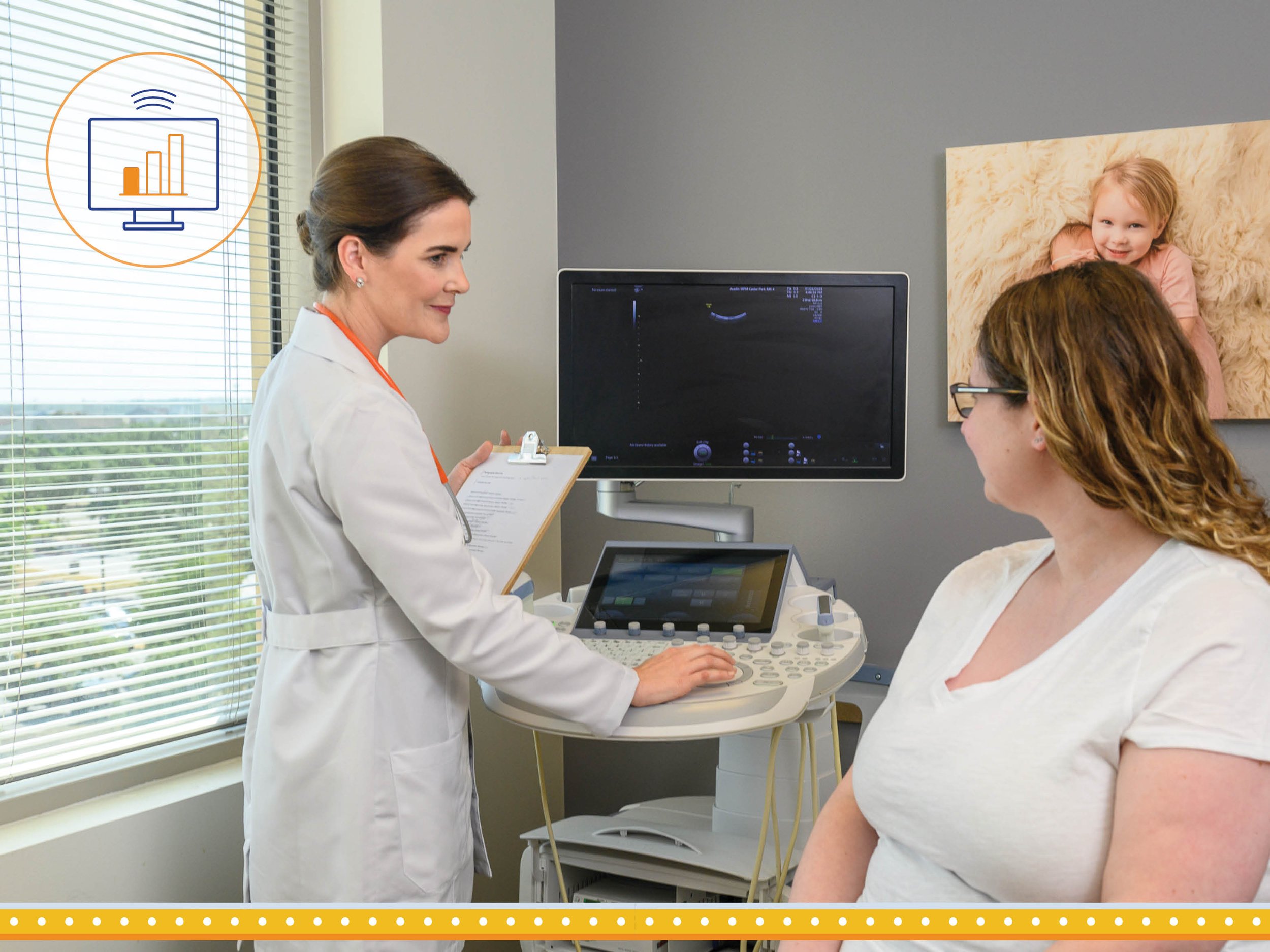


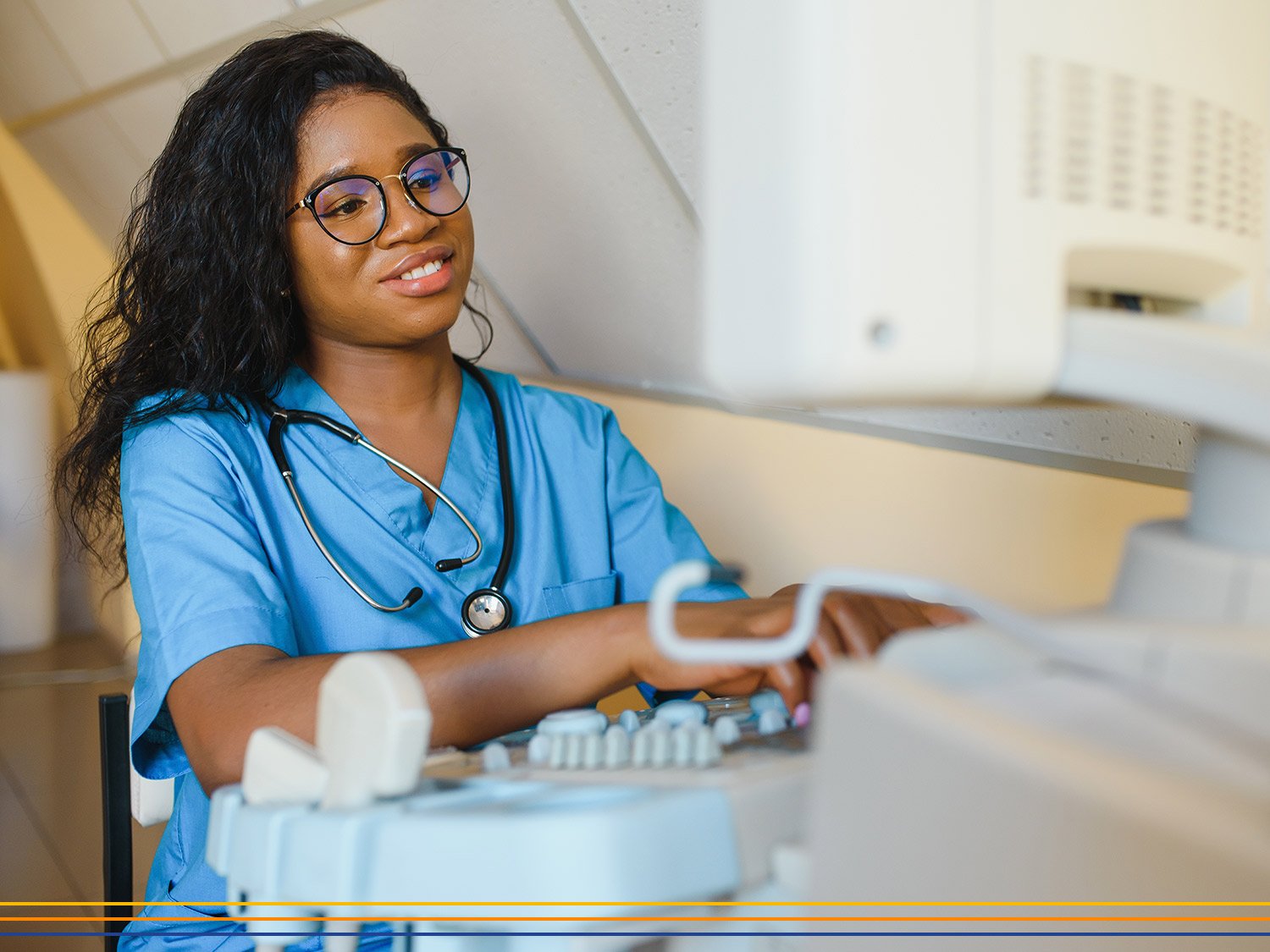


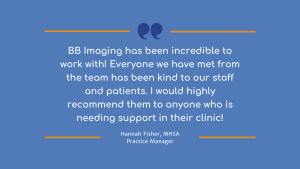
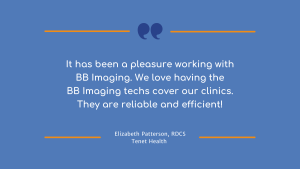
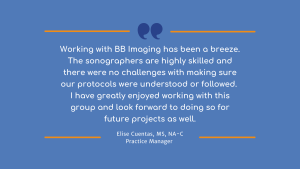
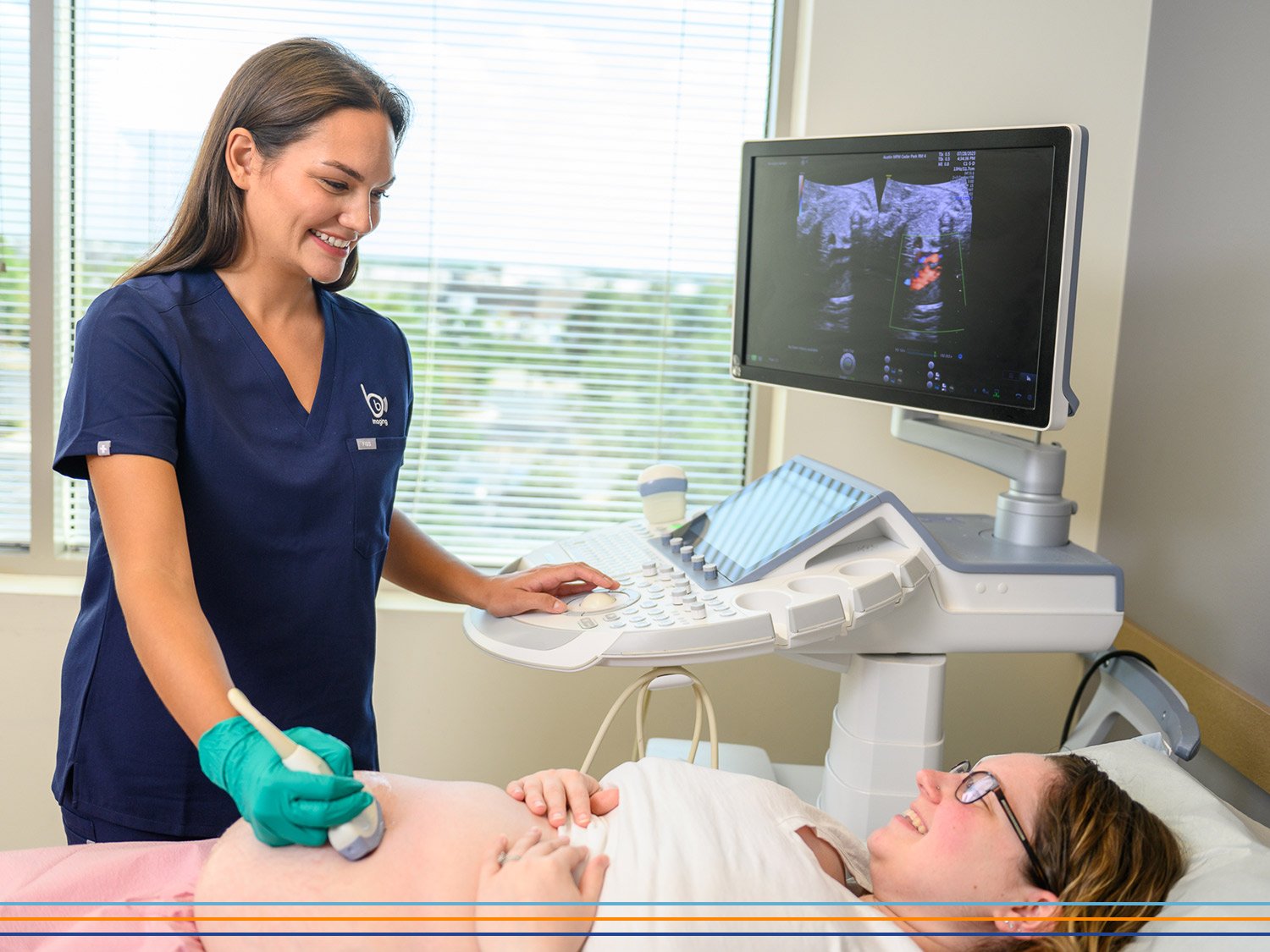
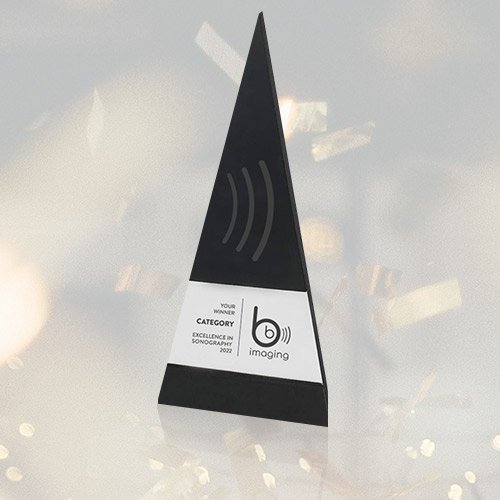
 Christina Werth BS, MHA, RDMS, RDCS
Christina Werth BS, MHA, RDMS, RDCS Onesty Q. Culpepper BS, RDMS (AB, OBGYN), RVT
Onesty Q. Culpepper BS, RDMS (AB, OBGYN), RVT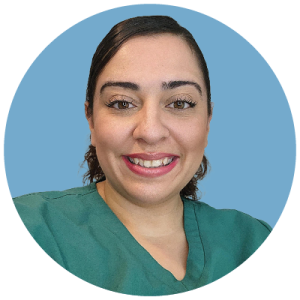 Quiomara Melendez RDCS (AE, PE, FE), RVT
Quiomara Melendez RDCS (AE, PE, FE), RVT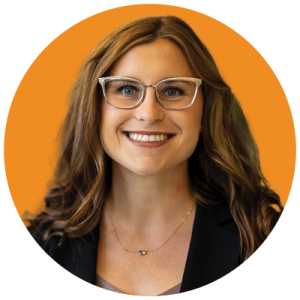 Megan Platfoot, BS, RDMS (AB, OBGYN), RDCS, RVT
Megan Platfoot, BS, RDMS (AB, OBGYN), RDCS, RVT Dominique Tate
Dominique Tate